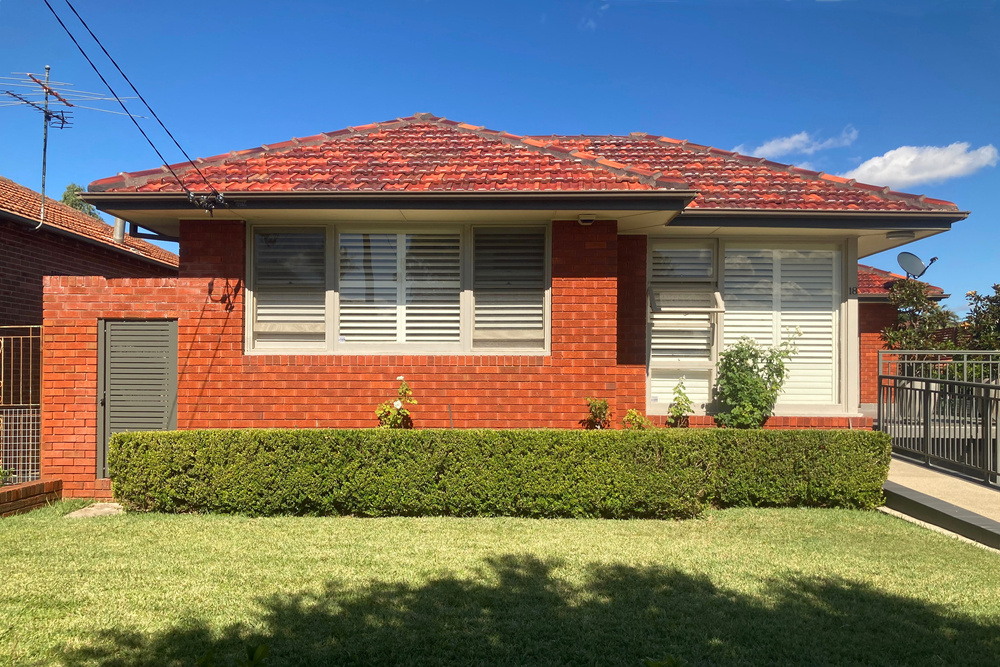
Aug
5 stand out things that could indicate Asbestos in your home
In this post, we share how to identify asbestos in your home or workplace. A study conducted by Slater and Gordon Lawyers during Asbestos Awareness Week (2015) found that nearly half of all homeowners in Australia aren’t confident they could recognise asbestos is they came across. Furthermore, while a 62% have undertaken DIY renovations, only 46% knew what asbestos looked like. If someone asked you if had asbestos in your home here in Brisbane, would you be sure to tell them no?
Places you might find Asbestos (but not limited to)
- Roof sheeting and capping
- Rainwater items like gutters and down pipes
- Asbestos insulating boards
- Roof eaves, gables and fascia
- Roof membranes
- Carpet and tile underlays
- Water tanks
- Loose asbestos in ceiling and wall cavities
- Some window putty
- Expansion joints
- Buried in your backyard - as asbestos removal can be expensive to dispose of, you might be at risk of digging up broken asbestos in your new garden.
- Packing under beams
Asbestos is more commonly found in roofs so when it is proved to have asbestos it is important to consider asbestos roof replacement.
Workplace Safety Australia shares a video guide here about Asbestos:
1) Look for small fibres around the edges
- Take a closer look at what you think might be asbestos. Without getting too close, see if there are any broken pieces around the edges, sometimes you might see some asbestos fibres in the material.
- Asbestos fibres clump together and can look furry or fluffy.
- Asbestos comes in many different forms, sizes and shapes, but what makes them distinct is their three colours: white, blue and brown. If you notice these colours appearing in the walls, ceilings and vents in your house (white might be hard as most houses have white as a colour) then alert a professional immediately.
- Here are some images that can help you familiarise with asbestos. However, be aware that since asbestos is known to be a huge part in building homes in the past, it can also be quite to distinguish them as they’re already covered and combined with other materials.
2) Asbestos Joinery
- 40 x 6 mm battens used to cover the joints were used on external corners, internal corners as well as flat wall pieces. Aluminium joiners are usually a dead give away that the material is asbestos fibro.
- Later forms of Hardiflex use plastic strip joiners between the sheets, however be cautious of those buildings in the early 1980′s that might have used asbestos fibro with plastic joiners.
3) Check the ends of nails
- Asbestos sheeting is dangerous when it is broken and fractured. Nails were designed for bonding and fixing of asbestos sheeting to walls. The nails used to fix asbestos sheeting are blunt, meaning there’s no point on the end of the nail.
4) When was the house/property built?
Asbestos was extensively used during the 1950s to mid 1980s so it must be assumed that home built during that time could contain the deadly product. Renovations that used asbestos as a main material can also be very dangerous so if you can, contact the people who owned the house before you or talk to your landlord or building manager for any issues concerning asbestos during construction.
5) Suspicious Material
Identifying asbestos can not only be difficult but also dangerous for homeowners inexperienced with the removal and proper disposal of the product. Often in the roofing industry, it’s common for asbestos to be removed by a separate asbestos removal business to the contracted builder or roofer doing the renovation works. This is not required when engaging Roo Roofing for works. Roo Roofing is licensed to remove bonded asbestos and has staff who are independently trained and skilled in its safe removal. If you are hesitant or unsure if your property has asbestos, don’t get rid of it yourself as exposure can lead to health risks of your own and others around you. Asbestos roof replacement can be very sensitive so it’s best to leave it to the specially trained professionals.



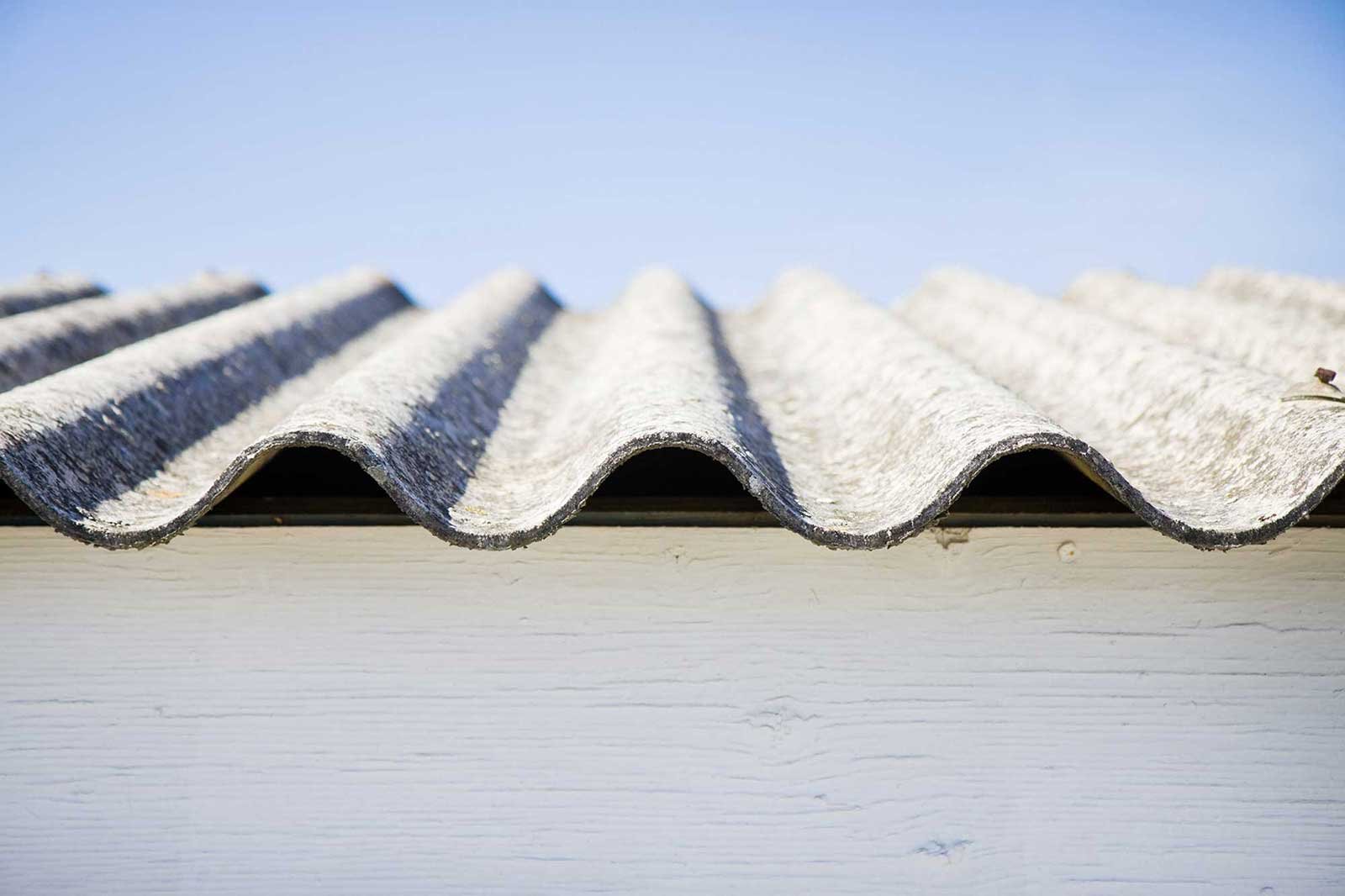





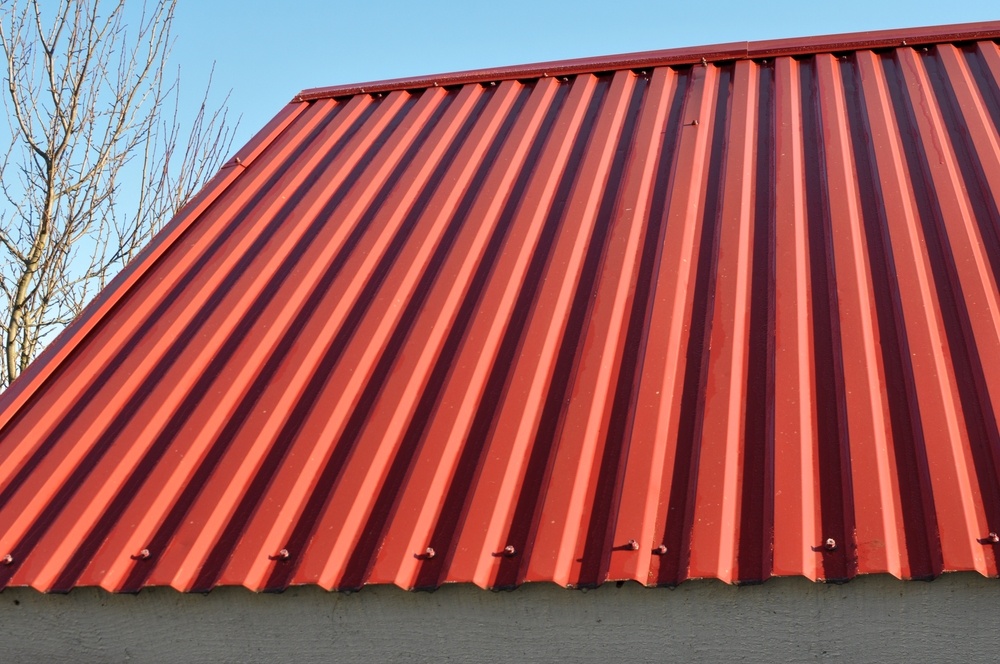
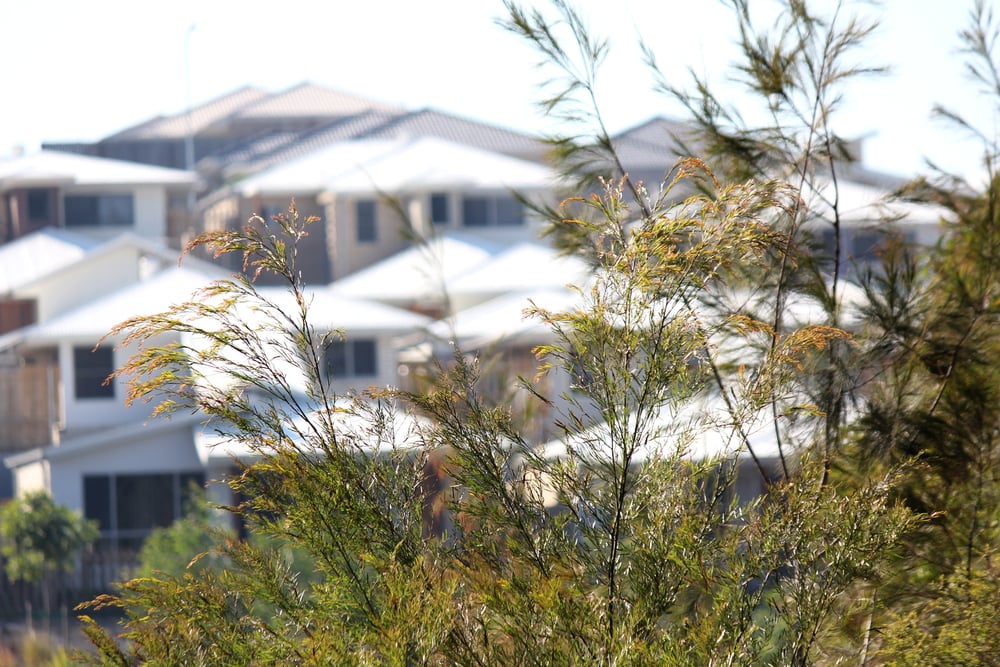

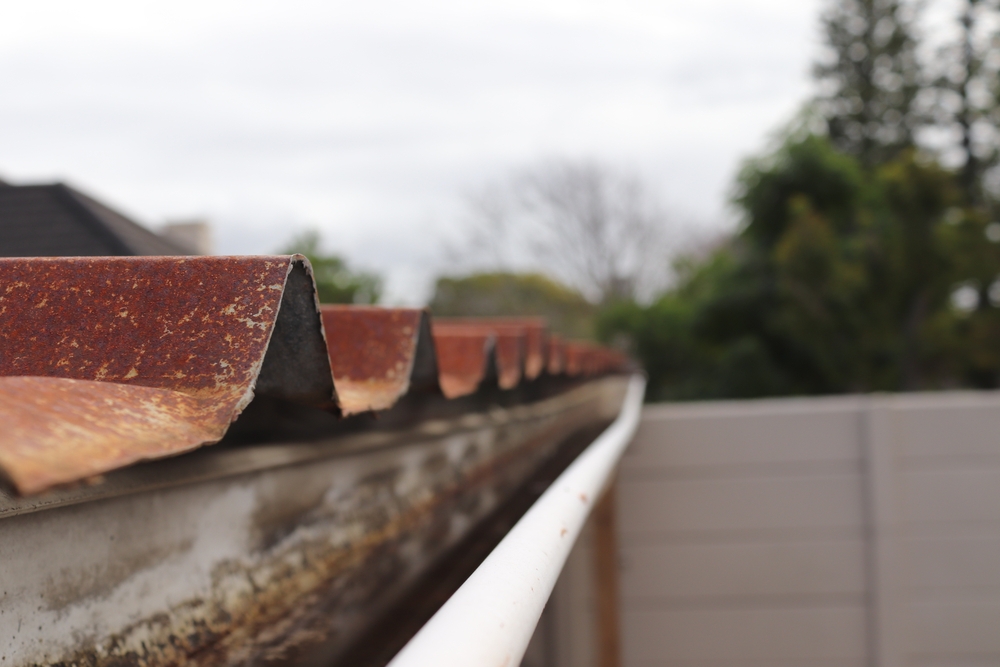

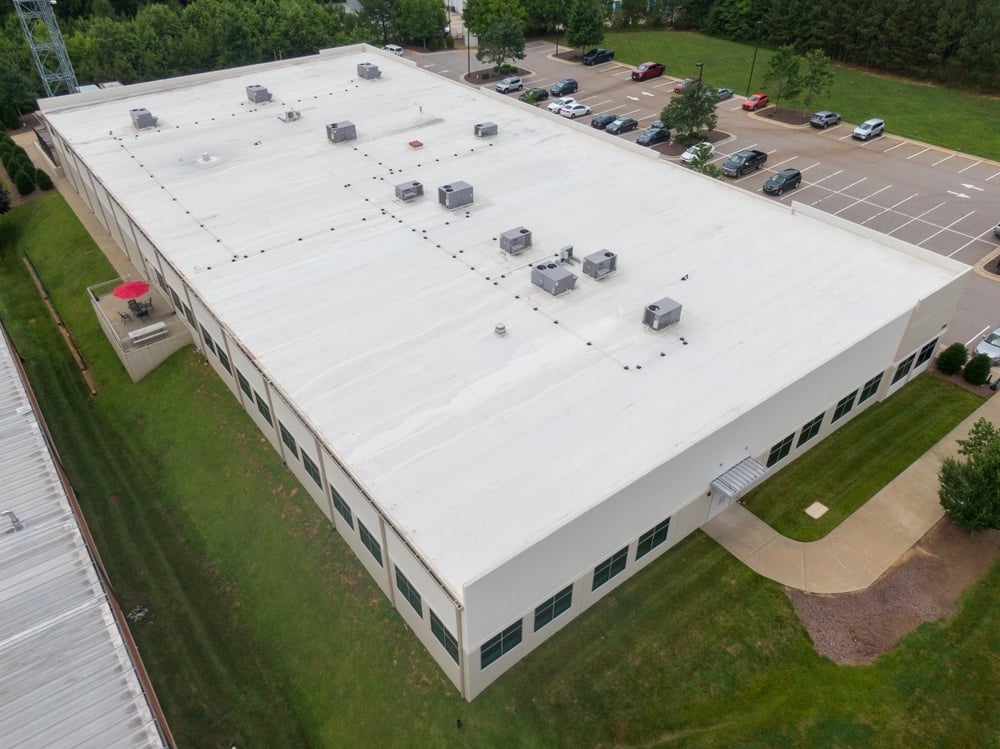
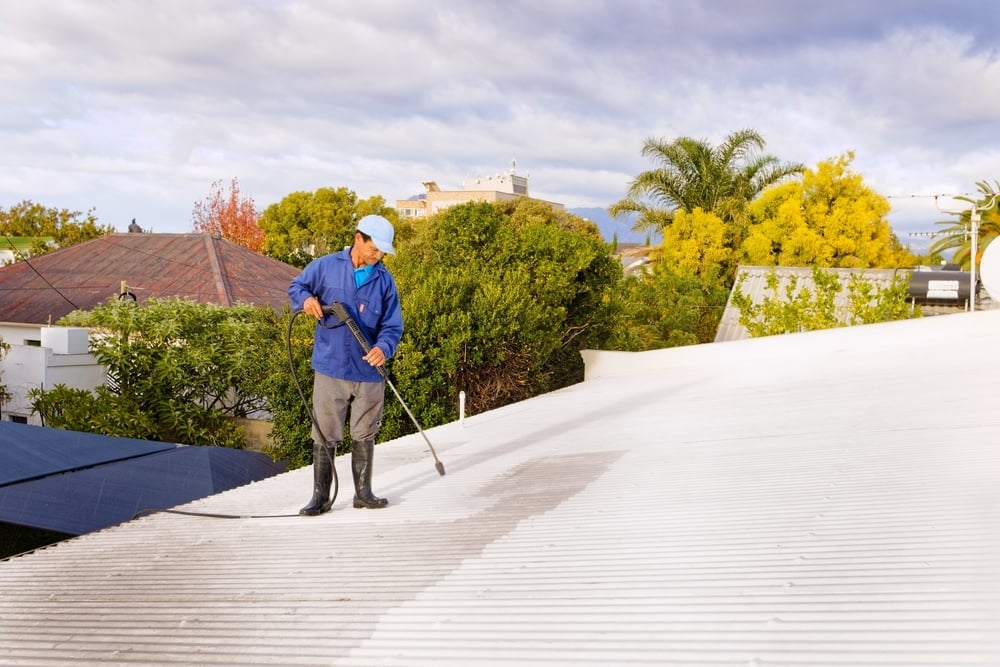
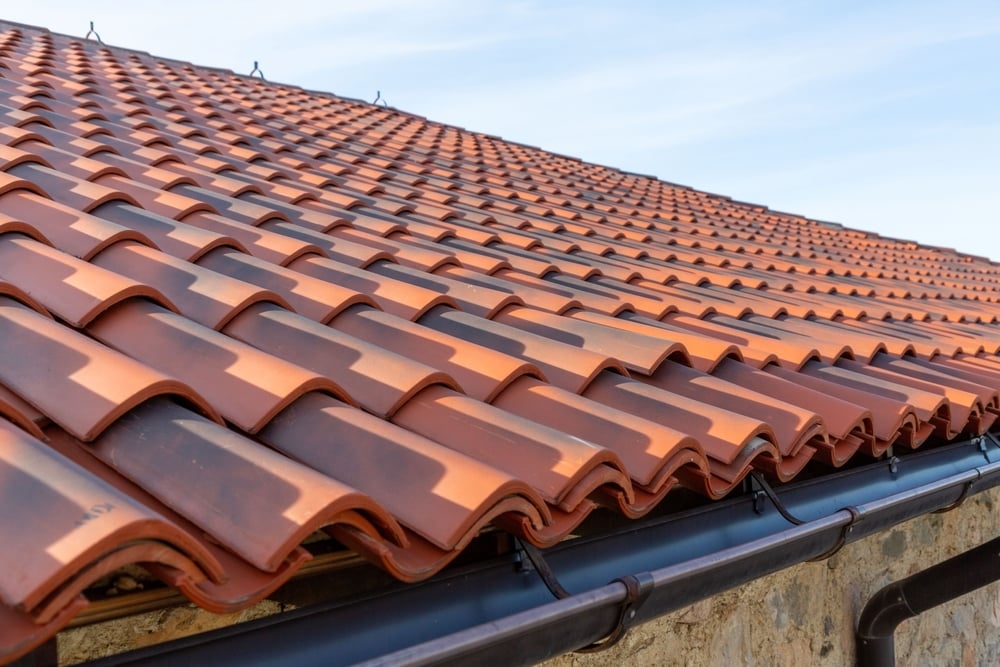
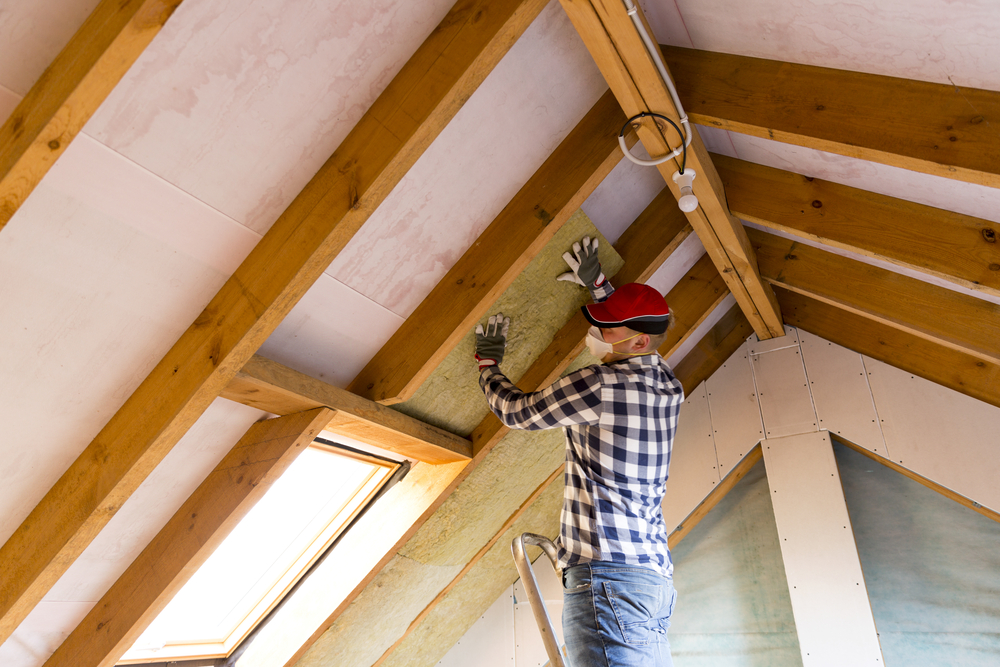
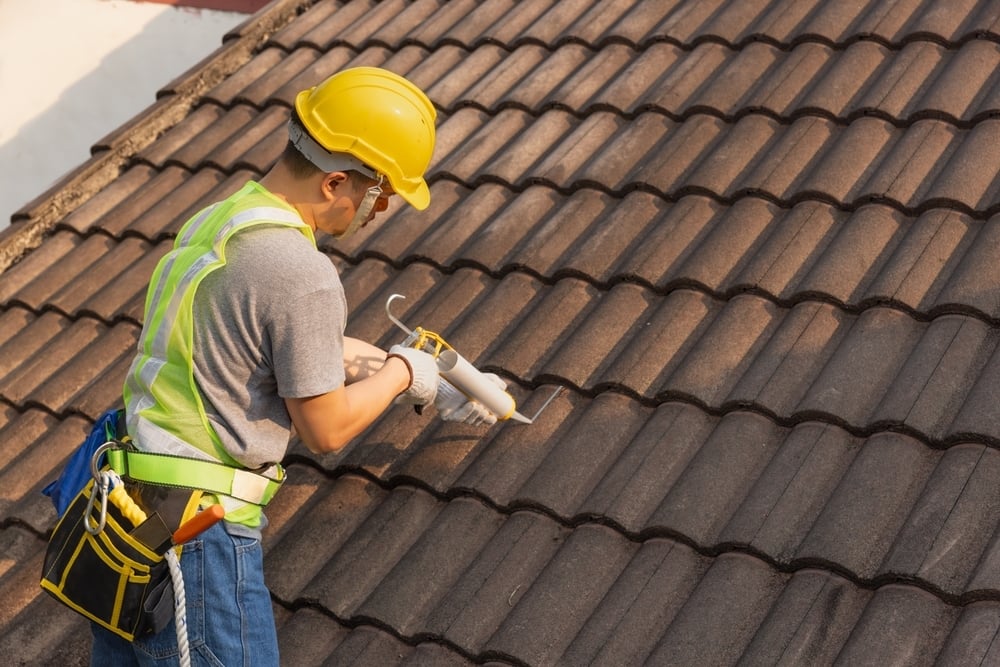
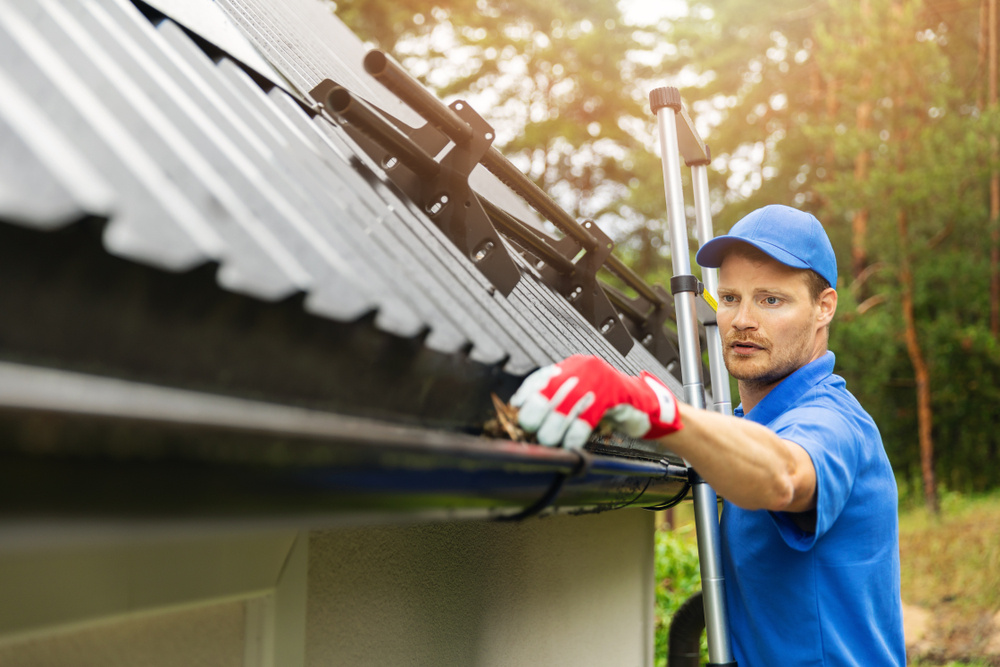

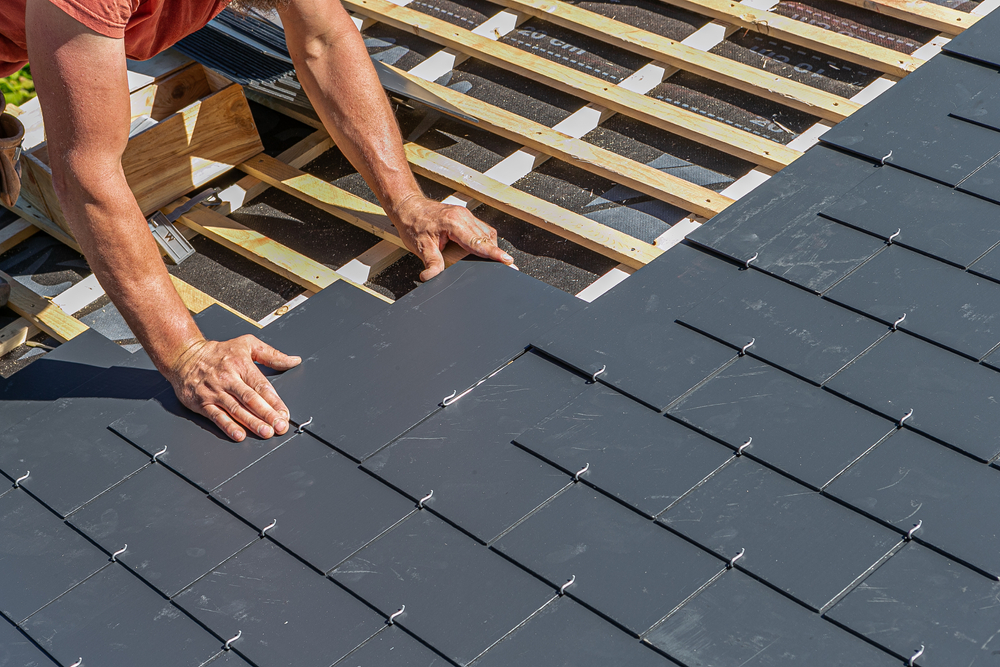
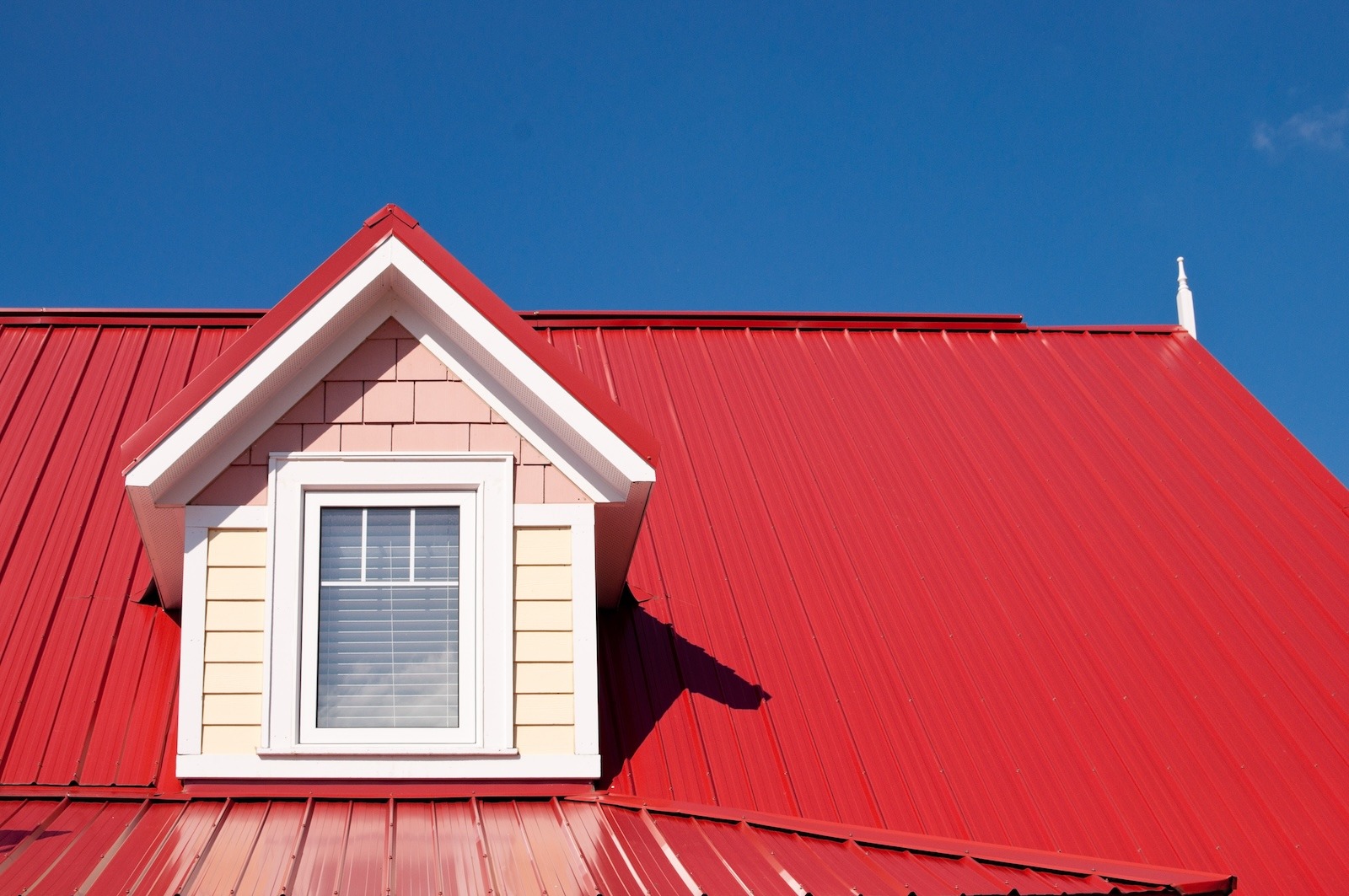
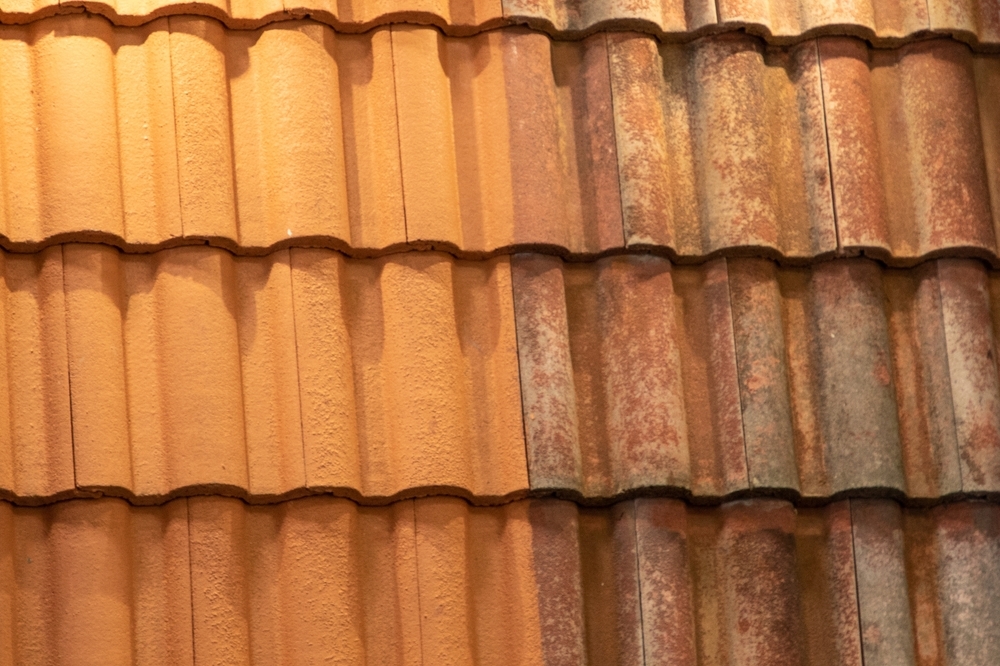
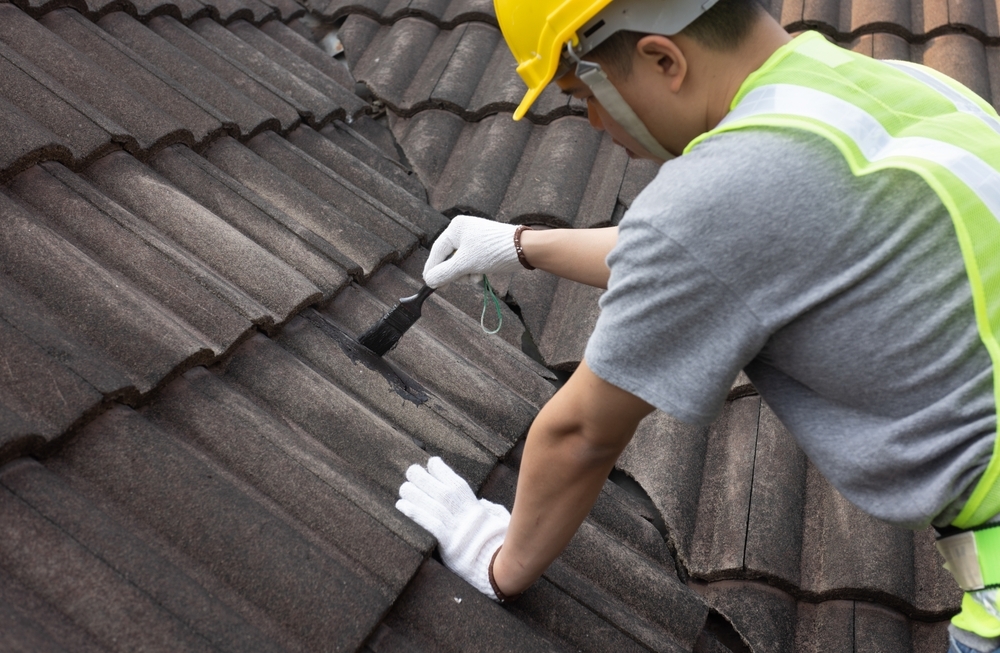
.jpg)
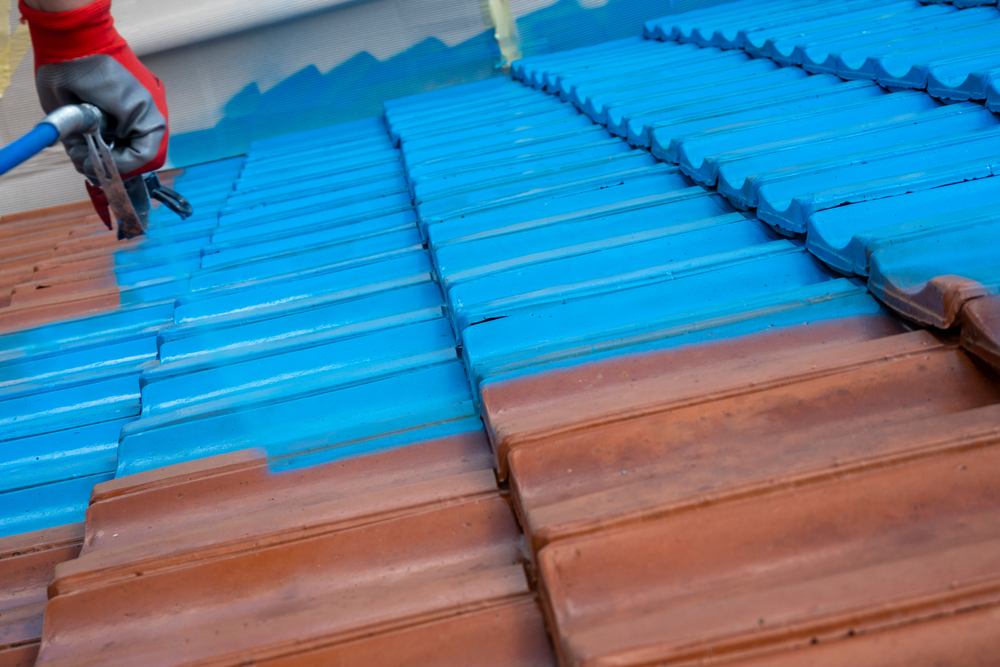
.jpg)
